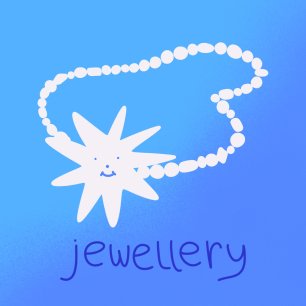Unique Treasures
Hand-Made to Last
Crafted by Artists from Croatia & Ukraine
We bring a curated collection of unique treasures hand crafted by talented Ukrainian and Croatian artists to your doorstep.
Our selection includes ceramic items, jewelry, charity merchandise, and posters.
Every purchase supports local artistry and connects you to the heart of these cultures.
Safe, Functional & Timeless Ceramics
Safety and functionality are at the heart of what we do.
Our ceramics are food-safe, crafted from the highest quality materials, and fired at over 1050 °C.
The result is a food-safe, microwave- and dishwasher-safe piece made to last a lifetime.
Read more about our production here
Custom Pieces, Made Especially for You
If you’d like something made especially for you, we’d be happy to create a custom piece. Contact us here
What people say about us








